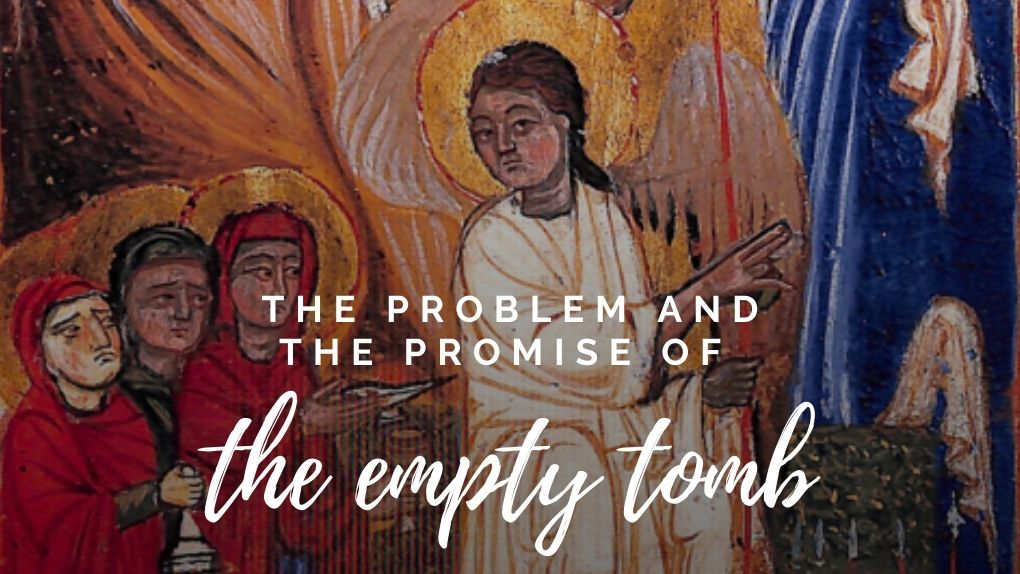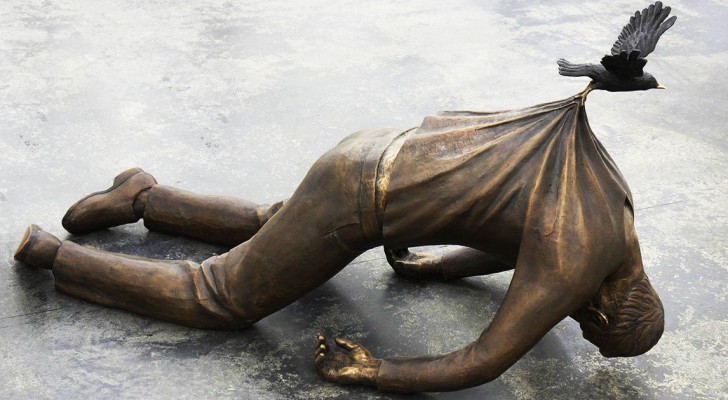If you have noticed, the cover of Christ’s tomb at St. George is always a little open, allowing you to see the inside of the empty tomb. During my first Holy Week at St. George, I closed the cover when I noticed this. But to my surprise, the next time we had a service in the church, I found it open again until one day I finally understood what was really happening. And no, there are no ghosts in the church and angels had nothing to do with that. It was a member of our choir – Greg Norsigian, who would check and make sure the cover of Christ’s tomb was slightly open every time he was in the church. When I had a chance to talk to Greg, he explained why he believed it was essential for the faithful to see that the tomb was indeed empty. And I have to tell you that he was correct. It is essential always to recall and remind ourselves about the importance of Christ’s empty tomb and his resurrection, especially during Holy Week and Easter.
There are many famous tombs and fabulous memorial monuments, from the Great Pyramids of Egypt to Mecca and the Taj Mahal. They derive their prominence from the people whose remains are found there. But there is only one tomb that shaped the course of humanity. And it did so not by its content but by its emptiness. The empty tomb of Christ is the most vivid symbol of our Lord’s resurrection – the cornerstone of our faith. In fact, without the resurrection, there can be no Christianity at all. In the words of St. Paul, “If Christ has not been raised, our preaching is useless and so is your faith” (1 Cor. 15:14).
We hold many beliefs and opinions. We might have very strong feelings and convictions about some of these beliefs, reservations and doubts for others. None of these beliefs have a more profound effect on faith, worldview, the present and future of our lives than our opinion on the problem of the empty tomb of Christ. What happened to the body of Christ and why is his tomb empty? This is the single most complex and important question humanity has ever faced.
The problem of Christ’s empty tomb puzzled and intrigued humanity for two thousand years. Today’s Scripture reading was from the concluding verses of St. Mark’s Gospel. It ends abruptly and unexpectedly by telling us that the fear and confusion were the response of the oil-bearing women when they found Christ’s tomb empty. Many biblical scholars are convinced that the real ending of Mark’s Gospel was lost since it can’t possibly have such an uncertain and dark conclusion. However, others argue that St. Mark’s ending is very intentional and serves as an invitation for us to step into the emptiness of Christ’s tomb and form our own response and reaction to it.
As we celebrate the Resurrection of our Lord, let us reflect and take a deep and honest look into our hearts and souls to see what the Resurrection means to us. Is it mere mythology, an ancient biblical story that is maybe true or not, perhaps something meant to be understood and interpreted symbolically, or a fact that did really happen beyond any doubt and reservation? The answer to every question in our lives, the solution to every struggle we have ever faced, the key to every chain that holds us back from embracing Christ and a life of faith is found in that empty tomb. Step ijnto it. What do you see? What do you think happened there?


